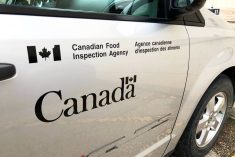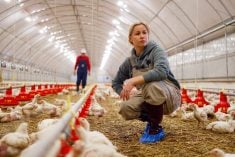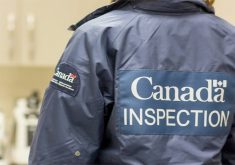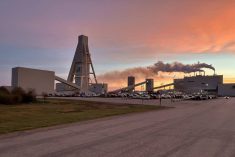The Alberta government will be forced to borrow to cover next year’s operating costs because of a dramatic drop in oil revenue.
The province will borrow $3.8 billion in 2016 to pay for operating expenses such as teachers and nurses’ salaries.
Alberta finance minister Joe Ceci didn’t apologize for borrowing to pay for operating costs.
It’s the first time an Alberta government has had to do so since the early 1990s, when oil prices also took a hit.
“In these challenging times, we want to keep front line services,” Ceci said during a news conference before the budget address.
Read Also
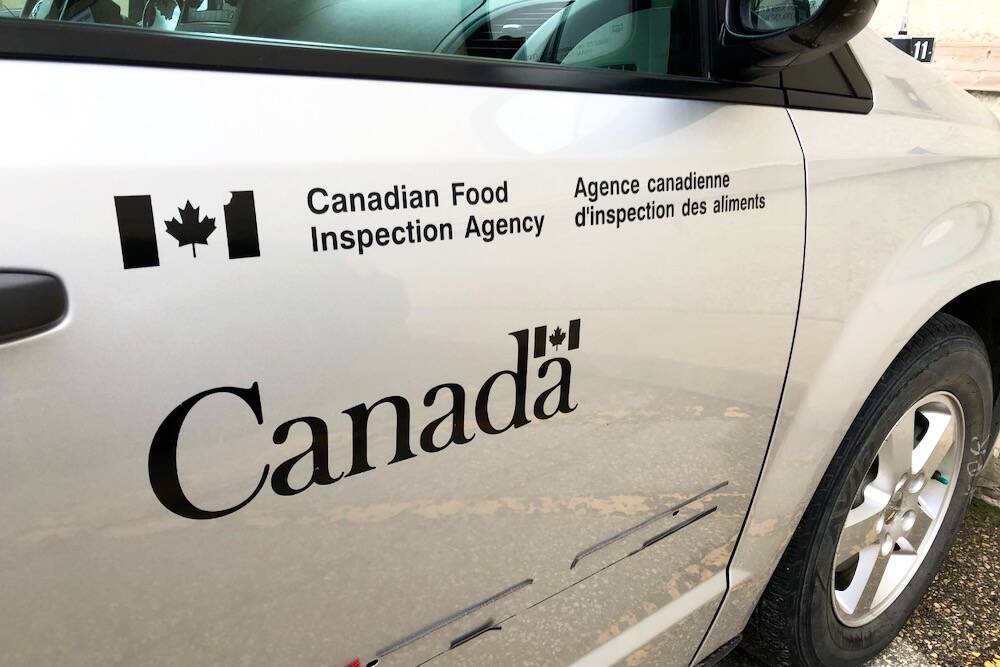
B.C. ostriches culled, CFIA confirms
Ostriches on an embattled Edgewood, B.C. farm have been culled after a prolonged legal battle, the Canadian Food Inspection Agency has confirmed.
“We don’t want to fire thousands of nurses and teachers, so we are going to appropriately fund front line services.”
Total revenue is expected to be $43.8 billion in 2015-2016, a decline of $5.7 billion, or 11 percent, from 2014-2015.
The province plans to spend $49.9 billion, including $34 billion in infrastructure building projects. The spending is $1.5 billion more than what the previous Progressive Conservative government planned in the spring budget it was defeated.
“We have a plan to stimulate the economy with capital spending,” Ceci said.
“I think Albertans will continue to be proud we are building the province, that will take us far beyond this recession and lift us back to the good times,” he said while delivering the NDP government’s first budget.
“We think we have Albertans’ best interests at heart. We are not going to fire thousands of peoples to assuage some people in other parties.… We have a solid plan back to balance and we are going to invest in this province in capital development that will put Albertans back to work and help us ease this recession and lift us back to better times.”
The government is projecting a $6.1 billion deficit in 2015-2016, which will drop to $5.4 billion in 2016-2017. It intends to balance the budget in 2019-20.
Tobacco taxes will increase $5 a carton to $50 effective midnight. As well, liquor prices will increase five percent, and the mark-up structure will change to promote made-in Alberta products.
Locomotive fuel taxes will increase four cents to 5.5 cents per litre, effective Nov. 1.
The Insurance Premium tax will increase one percent.
The new taxes are expected to generate $1.5 billion in the 2015-16 tax year and $2.3 billion in the following two years.
Ceci said the budget is designed to focus on the NDP’s three priority areas: stabilize the public serve, balance the budget and create more jobs.
David Dodge, the former governor of the Bank of Canada who was hired to help the government through its first budget, said it is not unusual for provinces to borrow to fund operating, especially when revenues decline.
It turns out to be very usual at a point in time when the economy changes dramatically,” he said.
mary.macarthur@producer.com


